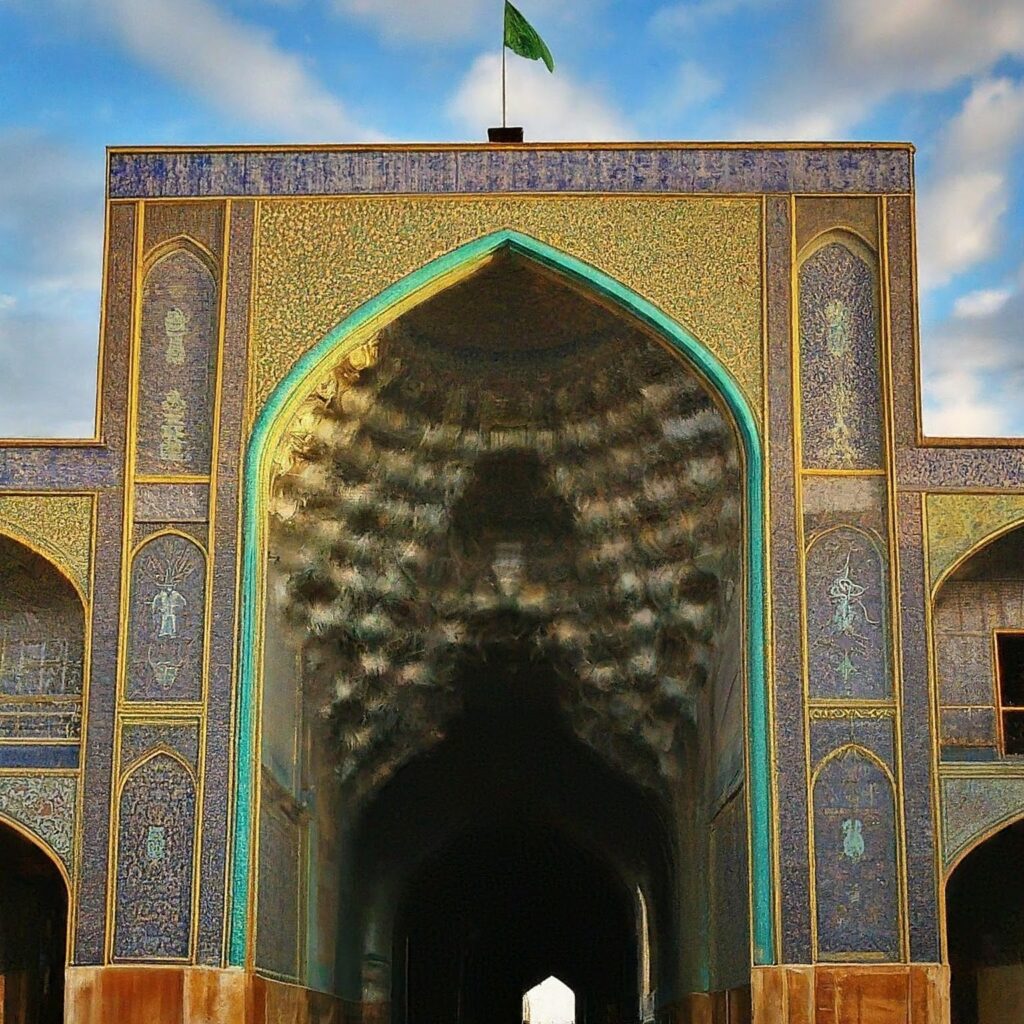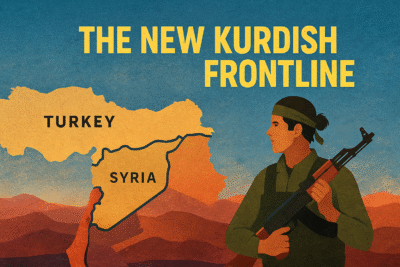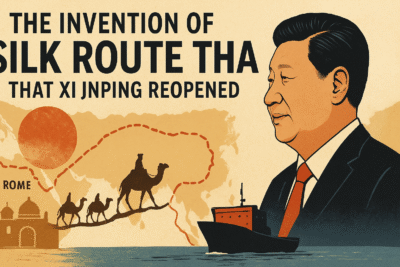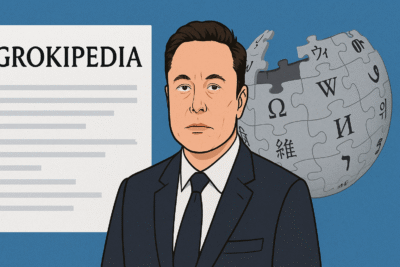
This is a question that a lot of people reading, watching or hearing about developments in West Asia are asking. Listening to a bunch of youngsters grappling with the question and passing on mis-‘information’ about “those people”, we thought a small explanatory write-up may help.
In 1979, Iran underwent a momentous political upheaval known as the Iranian Revolution. The revolution led to the overthrow of the ruling monarchy, headed by Shah Mohammad Reza Pahlavi, and the establishment of an Islamic Republic under the leadership of Ayatollah Ruhollah Khomeini.
The revolution was a culmination of various social, economic, and political grievances that had been simmering in Iran for decades. The Shah’s authoritarian rule, his close ties with Western powers, particularly the United States, and the perceived disregard for the rights and aspirations of the Iranian people fueled widespread discontent.

The revolution was marked by massive street protests, strikes, and demonstrations organized by a broad coalition of opposition forces, including Islamists, liberals, intellectuals, students, and workers. Ayatollah Khomeini emerged as the spiritual leader of the revolution and galvanized popular support for the establishment of an Islamic government based on his interpretation of Shia Islam.
In January 1979, the Shah fled Iran after months of escalating protests, paving the way for Khomeini’s return from exile in France. On February 11, 1979, Khomeini’s supporters seized control of the country, and the monarchy was formally abolished. A national referendum held in April 1979 approved the establishment of an Islamic Republic, and Khomeini became Iran’s Supreme Leader.
The Iranian Revolution brought about significant changes in Iran’s political, social, and cultural landscape. The new government implemented Islamic law, nationalized industries, and pursued an anti-Western foreign policy, including the seizure of the US embassy in Tehran and the subsequent hostage crisis that strained relations between Iran and the West.

The revolution also had profound implications for the wider West Asia region, inspiring Islamist movements and challenging the dominance of secular authoritarian regimes. The establishment of an Islamic Republic in Iran reshaped regional dynamics and contributed to the rise of political Islam as a potent force in the region’s politics.
This is the simple story of what happened in Iran in 1979. But as they say nothing happens without a context. In the following paragraph, we will capture the context.
Context and Background
Iran was a nation with a rich history and cultural heritage and followed monarchy as the model of governance. The king, called Shah, was the law. But as the 20th Century unfolded and revolutionary changes began happening in its neighbourhood, Turkey in its west and India in its east (remember India then bordered with Iran as there was no Pakistan yet) found itself at a crossroads.
Reza Shah Pahlavi came to power in 1925 and initiated a series of modernization and Westernization reforms, aiming to transform Iran into a secular, industrialized nation. However, these reforms often challenged elements who championed traditional values and social structures, leading to growing discontent among various segments of society. But Reza could manage it during his peak days.

Reza Shah’s son Mohammad Reza Shah Pahlavi ascended to the throne in 1941 under circumstances that forced his father to abdicate it.
| Reza Shah Pahlavi, who founded a new dynasty, the Pahlavi, in Iran and ruled with an iron fist, centralising power in his own hands and suppressing dissent through censorship, political repression, and brutal tactics. His authoritarian style of governance alienated many segments of Iranian society, including intellectuals, religious leaders, and political activists. Despite his efforts to modernise Iran’s economy and infrastructure, Reza Shah’s policies often favoured the elite and neglected the needs of the majority of the population. Widespread poverty, social inequality, and economic hardship fuelled discontent among the urban poor, rural farmers, and working class. Reza Shah’s secularisation and Westernisation reforms aimed to modernise Iran’s society and break away from traditional religious and cultural norms. However, these reforms sparked backlash from religious conservatives and traditionalists who viewed them as a threat to Iran’s Islamic identity and heritage. At the same time, certain external factors were also at work. World War II happened and Iran was caught in the middle of geopolitical rivalries between the Allied powers and Axis powers. Reza Shah’s perceived alignment with Nazi Germany and his reluctance to expel German nationals from Iran led to pressure from the Allied powers, particularly the Soviet Union and the United Kingdom, to remove him from power. In August 1941, British and Soviet forces invaded Iran and occupied the country in a joint operation aimed at securing Iranian oil fields and establishing a supply route to support the Soviet war effort against Nazi Germany. Reza Shah’s inability to resist the invasion further undermined his legitimacy and hastened his downfall. Faced with mounting internal opposition and external pressure, Reza Shah abdicated the throne on 16th September 1941, in favour of his son, Mohammad Reza Shah Pahlavi. He went into exile first to Mauritius and later to South Africa, where he died in 1944. The abdication marked the end of Reza Shah’s rule and the beginning of a new era in Iranian politics under the leadership of Mohammad Reza Shah. |
Mohammad Reza Pahlavi continued his father’s modernization efforts but increasingly centralized power in his own hands, creating a repressive regime marked by censorship, political repression, and human rights abuses.
Despite economic development and modernization, Iran experienced widespread poverty, social inequality, and corruption under the Shah’s regime. The gap between the wealthy elite and the majority of the population widened, leading to grievances among the urban poor, rural farmers, religious clerics, intellectuals, and students.

Rise of Opposition Movements
Opposition to the Shah’s rule coalesced around various groups, including secular nationalists, leftists, liberals, and Islamists. The clergy, led by Ayatollah Ruhollah Khomeini, emerged as a potent force, mobilizing support among the religiously devout segments of society against the Shah’s secularization policies and perceived Westernization.
Khomeini’s Leadership
Ayatollah Khomeini, a charismatic Shia cleric known for his fiery sermons denouncing the Shah’s regime and advocating for Islamic governance, became the symbolic leader of the opposition movement. His uncompromising stance against tyranny and corruption resonated with millions of Iranians, who saw him as a champion of justice and morality.
Escalation of Protests
Protests and demonstrations against the Shah intensified throughout the 1970s, fueled by grievances over political repression, economic hardship, and cultural alienation. The regime’s brutal crackdown on dissent only served to galvanize opposition and mobilize broader segments of society against the monarchy.
Revolution and Overthrow of the Shah
The revolution reached its climax in early 1979 when mass demonstrations and strikes paralyzed the country, forcing the Shah to flee Iran in January. Ayatollah Khomeini’s triumphant return from exile in February further emboldened the revolutionaries, who swiftly seized control of key institutions and established revolutionary committees across the country.

Establishment of the Islamic Republic
In April 1979, a national referendum approved the establishment of an Islamic Republic, with Khomeini as its Supreme Leader. The new government embarked on a program of radical reforms, including the nationalization of industries, land redistribution, and the implementation of Islamic law (Sharia).
Regional and Global Implications
The Iranian Revolution sent shockwaves throughout the West Asian region and the world, inspiring Islamist movements and challenging the dominance of Western-backed authoritarian regimes. Iran’s transformation into an Islamic Republic marked a shift in the balance of power in the region and contributed to heightened tensions with the West, particularly the United States.

Legacy
The Iranian Revolution of 1979 remains a defining moment in Iran’s modern history, shaping the country’s political trajectory and identity. It also serves as a reminder of the complex interplay between religion, politics, and society in the West Asian region, with far-reaching implications for regional stability and global geopolitics.




